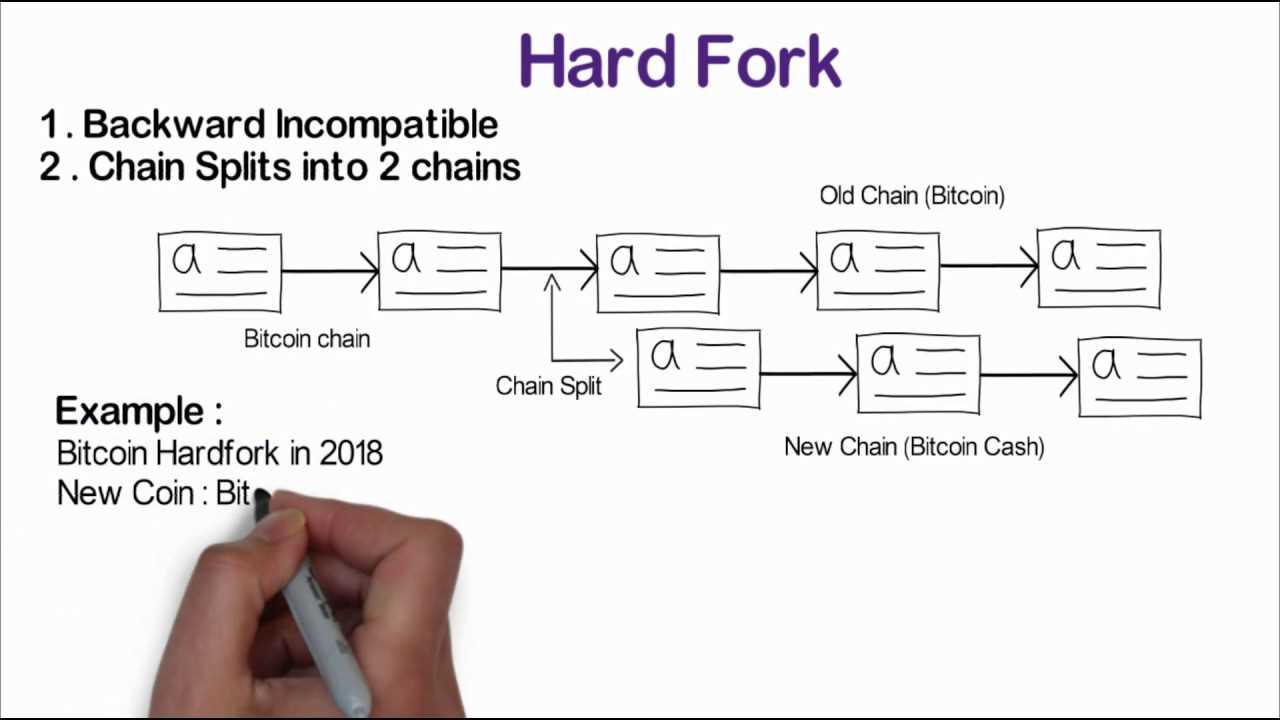Mechanics of a Hard Fork in Blockchain

A hard fork in blockchain refers to a significant and permanent divergence in the blockchain’s protocol, resulting in the creation of a new branch or version of the blockchain. This divergence occurs when there is a disagreement among the network participants regarding the rules and protocols of the blockchain.
When a hard fork occurs, it typically involves a change in the underlying code of the blockchain, which is not backward-compatible with the previous version. This means that nodes running the old version of the blockchain will not be able to recognize and validate transactions on the new branch of the blockchain, and vice versa.
The mechanics of a hard fork involve several steps:
1. Proposal:
The process usually begins with a proposal to make changes to the blockchain’s protocol. This proposal can come from developers, miners, or other network participants who believe that certain modifications are necessary to improve the blockchain’s functionality, scalability, or security.
2. Consensus:
In order for a hard fork to occur, there needs to be a consensus among the network participants. This consensus is typically achieved through a signaling mechanism, such as a miner vote or a community-wide discussion. If a significant majority agrees with the proposed changes, the hard fork can proceed.
3. Implementation:
Once consensus is reached, the developers need to implement the changes in the blockchain’s code. This involves modifying the existing codebase and creating a new version of the blockchain software that incorporates the proposed changes.
4. Activation:
After the implementation is complete, the new version of the blockchain software needs to be activated. This can be done through a predetermined activation block, where the new rules and protocols take effect. At this point, the hard fork is officially initiated, and the new branch of the blockchain starts to diverge from the old branch.
5. Adoption:
For a hard fork to be successful, it requires widespread adoption by the network participants. Miners, nodes, and users need to upgrade their software to the new version in order to validate transactions and maintain the new branch of the blockchain. Without sufficient adoption, the new branch may not be able to sustain itself and could eventually become obsolete.
Causes and Reasons for a Hard Fork in Blockchain
A hard fork in a blockchain occurs when there is a significant disagreement among the network participants regarding the rules and protocols of the blockchain. This disagreement can arise due to various causes and reasons, which can be categorized into technical, ideological, and economic factors.
Technical Factors:
Ideological Factors:
Ideological differences among the network participants can also contribute to the occurrence of a hard fork. These differences may arise from conflicting visions or philosophies regarding the purpose and governance of the blockchain. For example, some participants may advocate for a more decentralized and censorship-resistant blockchain, while others may prioritize efficiency and scalability. When these ideological differences become irreconcilable, it can lead to a split in the network and the creation of a new blockchain through a hard fork.
Economic Factors:
Economic incentives can also play a significant role in causing a hard fork. In some cases, disagreements may arise over the distribution of rewards or the allocation of resources within the blockchain ecosystem. For example, if a significant portion of the network participants believes that the current distribution of rewards is unfair or if they have different ideas about how the blockchain’s resources should be utilized, it can lead to a fracture in the network and the emergence of a new blockchain.

Emily Bibb simplifies finance through bestselling books and articles, bridging complex concepts for everyday understanding. Engaging audiences via social media, she shares insights for financial success. Active in seminars and philanthropy, Bibb aims to create a more financially informed society, driven by her passion for empowering others.
